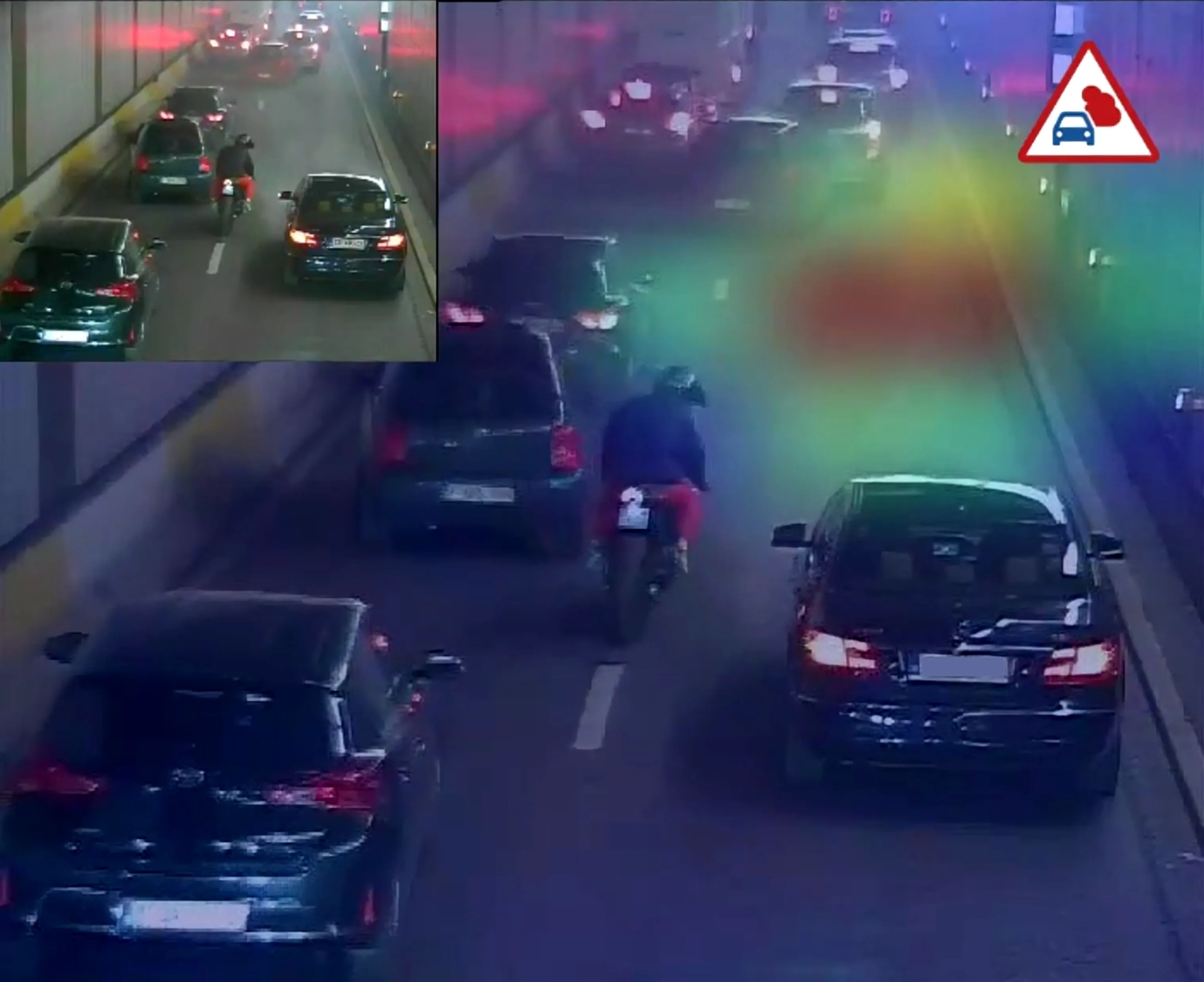Jenoptik Robot, a key part of the Jenoptik Traffic Solutions division, has acquired all the activities of Dutch company Robot Nederland, which will be fully integrated into the group structure over the next few months. Both parties have agreed not to disclose the purchase price.
Jenoptik CEO Michael Mertin says: “This step is a manifestation of our consistent strategy to take more responsibility with and for our customers directly on site. This will allow us to incorporate our know-how into future proje
May 13, 2014
Read time: 2 mins
Jenoptik CEO Michael Mertin says: “This step is a manifestation of our consistent strategy to take more responsibility with and for our customers directly on site. This will allow us to incorporate our know-how into future projects with great customer benefits. The success of this strategy has been demonstrated over the past year, such as in Australia for example. Following the acquisition of our long-term sales partner we were able to take advantage of our joint expertise and presence to acquire our first major order in the region.”
Jenoptik has also received a major order from the Dutch Central Justitieel Incassobureau (CJIB), which includes the delivery of a total of 80 stationary TraffiStar S290F and SR290F systems for speed and red-light monitoring. The order is subject to the EG100 framework agreement applicable in the Netherlands. Delivery of the systems is expected to begin in the first half of 2014, with installation being completed at the start of 2015. Jenoptik Traffic Solutions division will operate and maintain the systems over the next eight years.
The Jenoptik systems can record approaching and departing traffic, create high resolution images of the vehicles and distinguish between the various vehicle categories.










